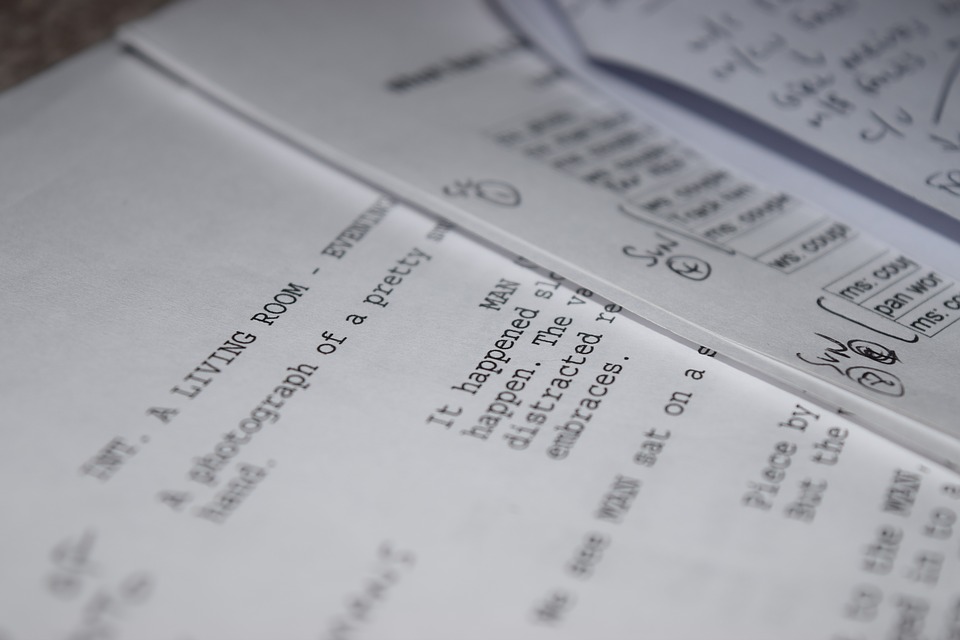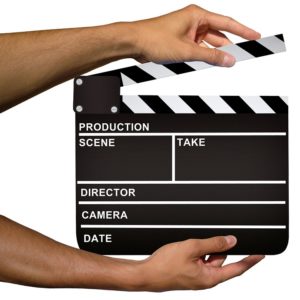“The film that results from a screenwriter’s labours is much more immediate and visceral than prose fiction, yet the process of transforming the writer’s words, ideas, and desires into that final product is less direct and involves many more intermediaries between writer and audience than do other forms of literature.”
– David Howard & Edward Mabley
There might be a hundred or even a thousand articles based on movies actors or directors. But what about those who work behind the scenes? The following article will dive into the lives of the unsung heroes of the cinema world: screenwriters!
The Artistic Creator – Screenwriter
A screenwriter is the one who sets the foundation of any film, documentary, television show, or television advertisement. He or she is a person who has mastered the art of visual storytelling and knows how to utilise the different aspects of cinema to give an impression of reality. Unfortunately, these screenwriters often go unnoticed and remain anonymous figures for the general public.
For instance, take a pen and paper and write the names of actors and directors. You will have no problem finding a list of names. However, what if I tell you to write the names of some screenwriters that you know. Chances are this list may comprise of only one or two names.
Yes, you might tell me that there are well-known scriptwriters like Woody Allen, Quentin Tarantino or even Karan Johar from Bollywood. But these people are famous because they are also movie directors. Suppose I ask you who is the screenwriter of the world-famous American sitcom “The Big Bang Theory.” Or, who was the screenwriter behind “Gladiator?” It’s a sad but true fact that most screenwriters often remain invisible to the public.
Now, do you know that you are actually absorbing and reading the words that a writer has put on paper when you are reading a novel, a poem, a journal article or any other published written work. Therefore, it can be said that you are reading the direct product of the writer. However, when you are watching a film, the final product does not reflect the screenwriter’s original work. Therefore, today we shall have a look at an invisible facet of filmmaking: screenwriting!
What Is Screenwriting?

It can be simply defined as the process of writing a script outlining what appears on the screen,
from a short film to a feature film or television show to a documentary or promotional spot. It is a type of writing whose finished product will appear on the screen to the audience. And despite the differences across the different mediums and types, screenwriting puts all the aspects of filmmaking on paper.
The following consist of the items that are considered during the process of screenwriting:
- Locations
- Time of the day
- Description and names of characters
- Dialogue
- Directions for actors or the camera
The Script
According to one of the most famous film directors, Alfred Hitchcock:
“To make a great film you need three things – the script, the script and the script!”
In the audio-visual world, two types of script formats are used, the 2-column script and the screenplay format.
The 2-Column Script
This particular format is used when writing a documentary or promotional spot and includes a basic and simple layout. The two-column format allows the screenwriter to detail what is seen on the screen and what is heard.
- The left side of the script consists of the descriptions of what will be seen on the screen, that is, the visual images and camera directions. It will also include locations and shot sizes.
- The right side contains all the audio descriptions, which includes voice-over, material from interviews, ambient sounds, and music.
The Screenplay Format Script
This type of script is written for a short film, a feature film, or a television series episode. Compared to the 2-column script, this one is said to facilitate the task of reading by all the other parties, including the director to the cinematographer and the actors.
Below are some features of a screenplay format:
- The first page of the screenplay is called the title page.
- The scene headings are always written in the upper case where the writer indicates the location, time of day, and interior or exterior scene.
- Characters’ names are always written in upper case and placed above their dialogues.
- Camera directions, such as camera angles and shot sizes, are also written in upper case.
So, did this article help you to learn more about the art of screenwriting? Please share your comments and don’t forget to come back for part 2!




